A busbar is a metallic bar in a switchgear panel used to carry electric power from incoming feeders and distributes to the outgoing feeders. In simple terms, busbar is a electrical junction where incoming and outgoing currents exchange.
Electrical Busbar consists the number of lines electrically, which are operating at the same voltage and frequencies. Generally, copper or aluminum conducting material is used in the construction of bus bars.
They are used either in the form of pipe or thin-walled tubes.
Electrical Busbar

Purpose of Bus-bar
Bus bars are arranged in a different configurations, any particular arrangement of bus-bar is to achieve adequate operating flexibility, sufficient reliability and minimum cost.
The circuit breakers are arranged to get the maximum availability to plant operations.
Types of bus bars
Important bus-bar arrangements are discussed in this article. Based on the construction of the bus bar, they are divided as follows.
- Single bus-bar system.
- Double bus-bar system.
- Ring bus-bar system.
Single bus-bar System
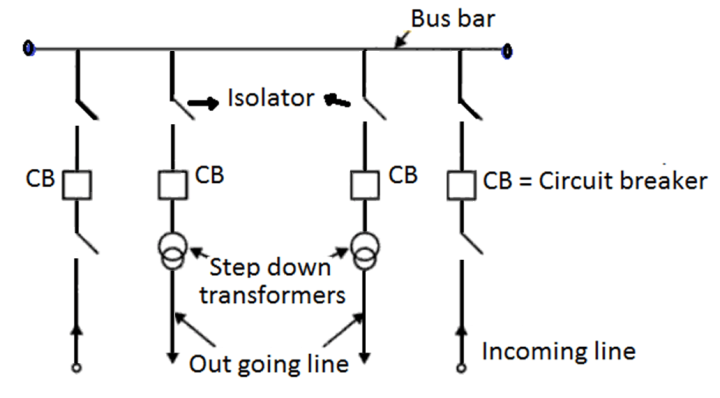
As the name itself indicates, that a single bus-bar is used in this system. To the same single bus-bar few incoming and outgoing line are connected.
As an example, two 11 KV incoming lines are connected through circuit breaker and isolator. Three phase, 440 V and single phase 230 V outgoing supply lines are connected by isolator, circuit breaker, and step down transformer as shown in the above figure.
Single bus-bar sectionalized arrangement can be made by adding circuit breakers wherever required.
Advantages of Single bus-bar System
- The advantage of this system is that fault on one part of the bus-bar does not completely shut down the total system.
- It has low maintenance cost.
Disadvantages of Single bus-bar System
- In case of fault, the complete system will be switched off.
- For any expansion, complete shutdown is to be carried out.
Double Bus-bar System
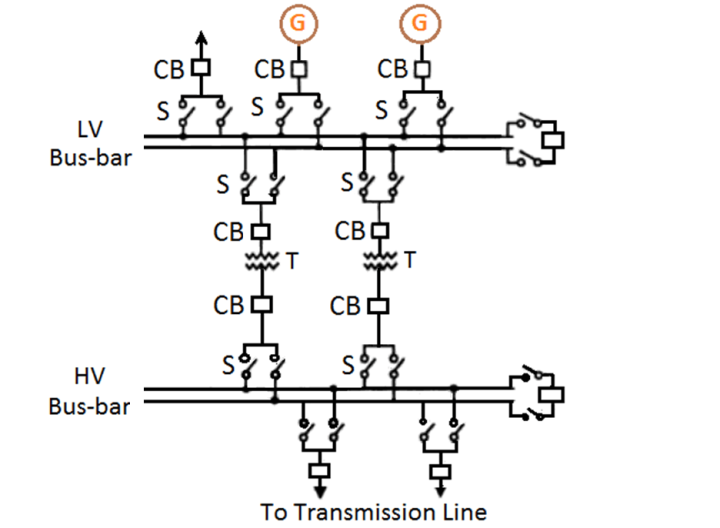
In case of double bus-bar system, low voltage and high voltage bus-bars are duplicated. Among the two, any one of the bus-bar sections can be used as desired.
There is an arrangement of a bus-bar coupling switch for transferring operation from one bus-bar to another.
Double bus-bar sectionalized arrangement can be made as per the requirement by the addition of circuit breakers.
Advantages of Double Bus-bar System
- In the double bus-bar type of arrangement, it is possible to have one bus-bar “energized” and become convenient to carry out repairs on the other whenever required.
- By keeping the main bus-bar un-touched, testing of feeder circuit breakers can be done by putting them on spare bus bar.
- Whenever a fault occurs on the bus-bar, the undisrupted supply to the circuit can be maintained by transferring it to other bus-bar.
Disadvantages of Double Bus-bar System
- Maintenance cost is high.
Ring Bus-bar System
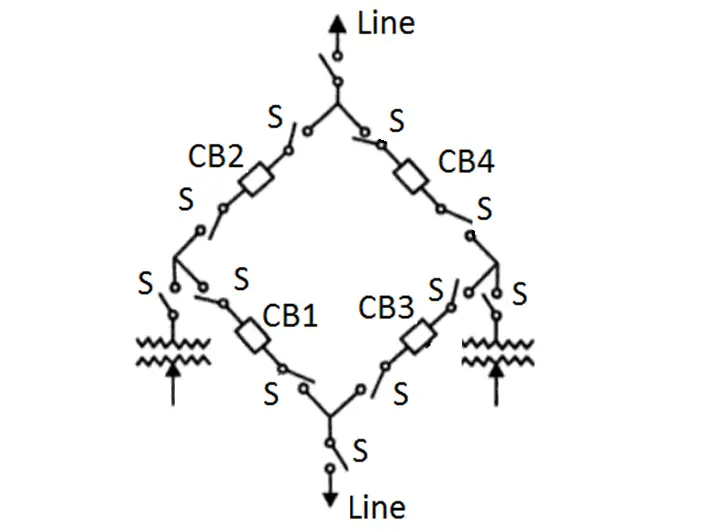
In this type of arrangement, two circuit breakers serve on one line. For example CB1 and CB2 on one line, where are CB3, CB4 on another line.
This ring bus-bar system has the advantage that there are always two parallel paths to the circuit and failure of one path does not interrupt the service completely.
Advantages of Ring Bus-bar System
- This ring bus-bar system has redundant path to the circuit and failure of one section does not interrupt the service completely.
- Maintenance of any circuit breaker is possible, without interruption of power.
Disadvantages of Ring Bus-bar System
- It may be difficult in adding new circuit line.
References
- Power System Engineering by R.K Rajput.
- Transmission and distribution of power (WBSCTE)
If you liked this article, then please subscribe to our YouTube Channel for Instrumentation, Electrical, PLC, and SCADA video tutorials.
You can also follow us on Facebook and Twitter to receive daily updates.
Read Next:
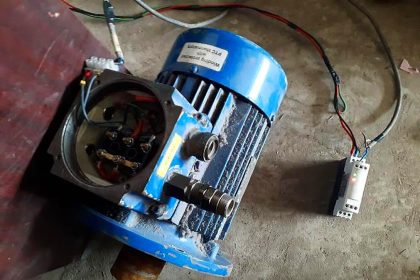
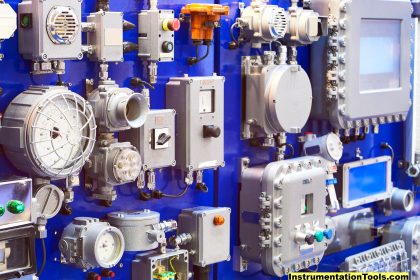
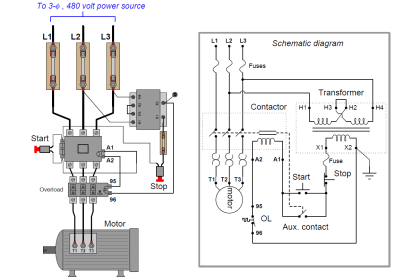
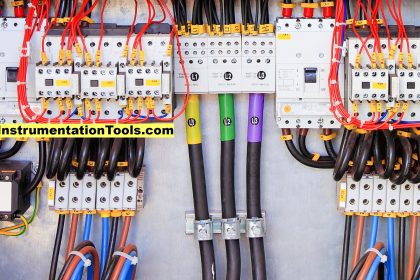
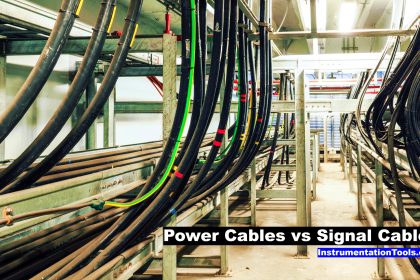
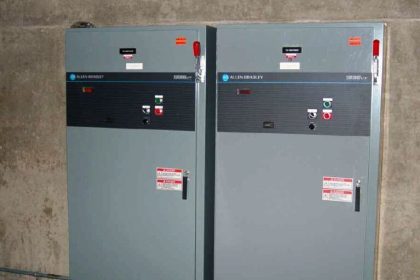
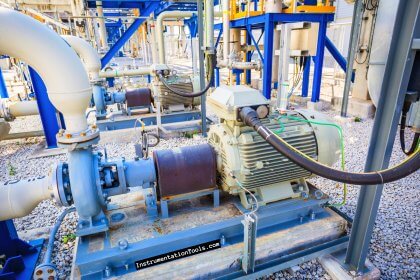
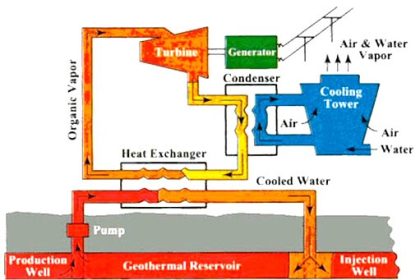

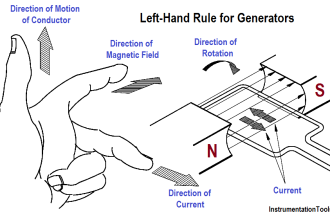
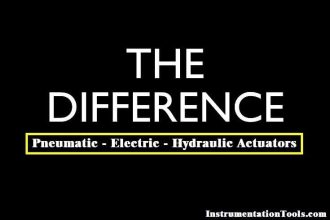

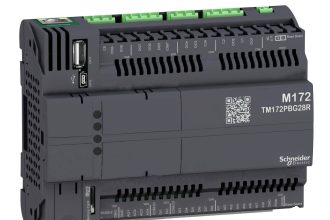

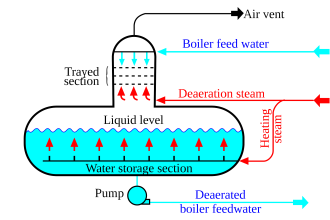
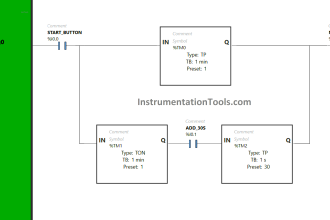

it is good for beginner who interest to electrical system.
Great stuff, am loving it..